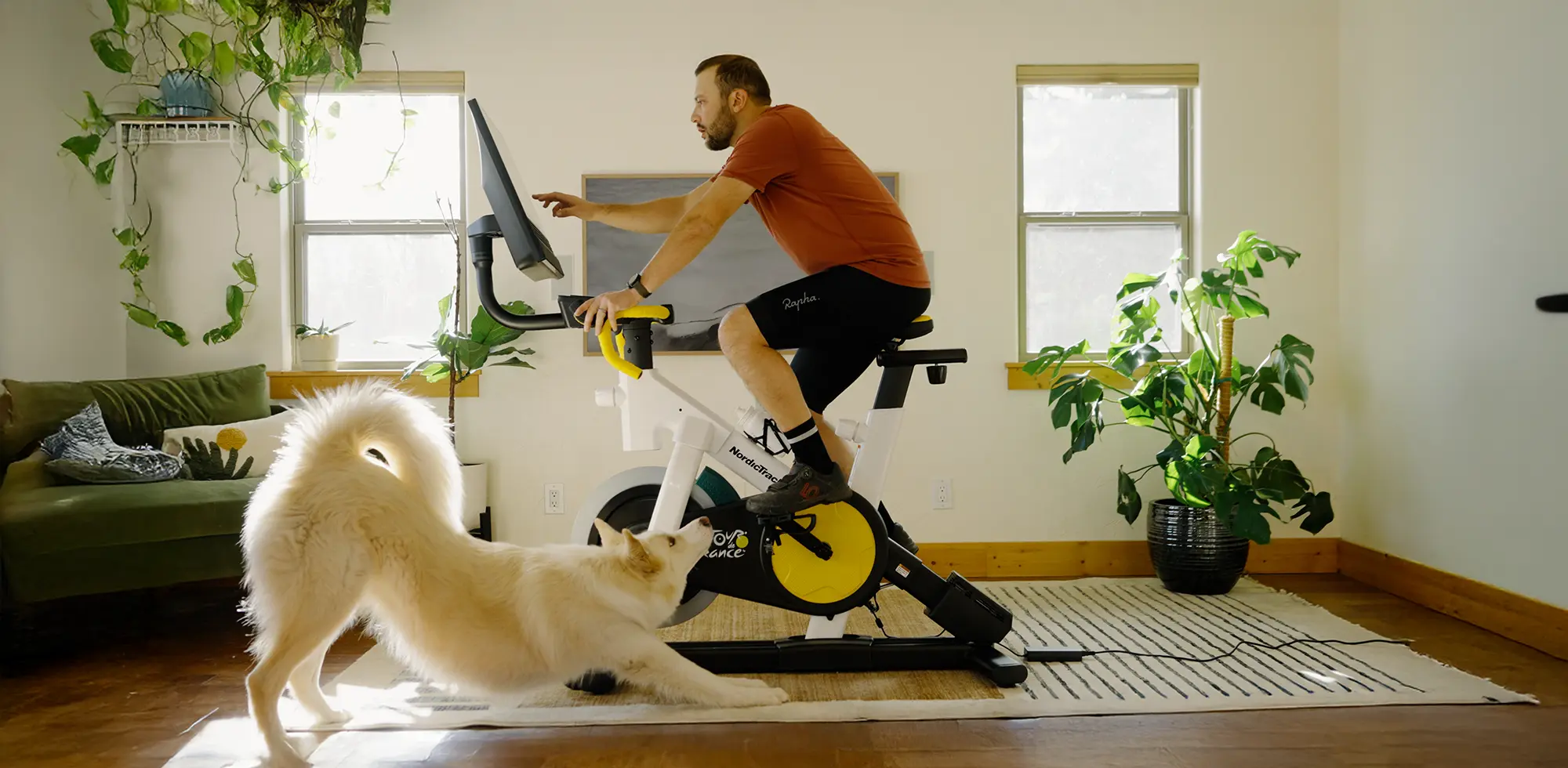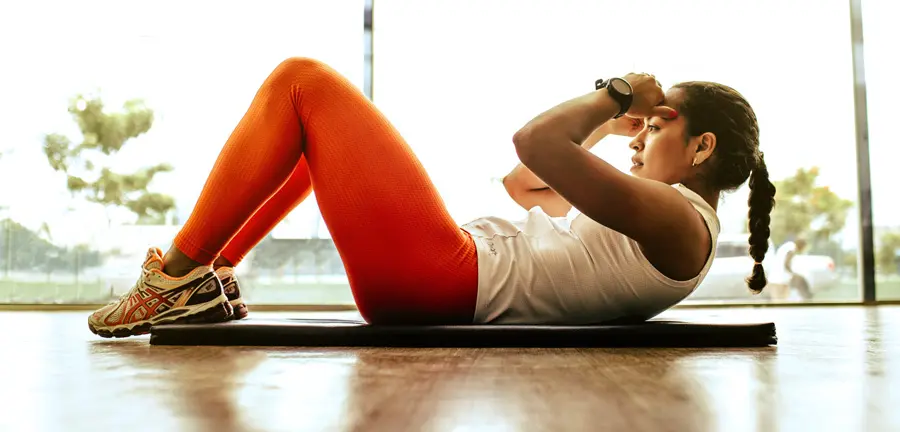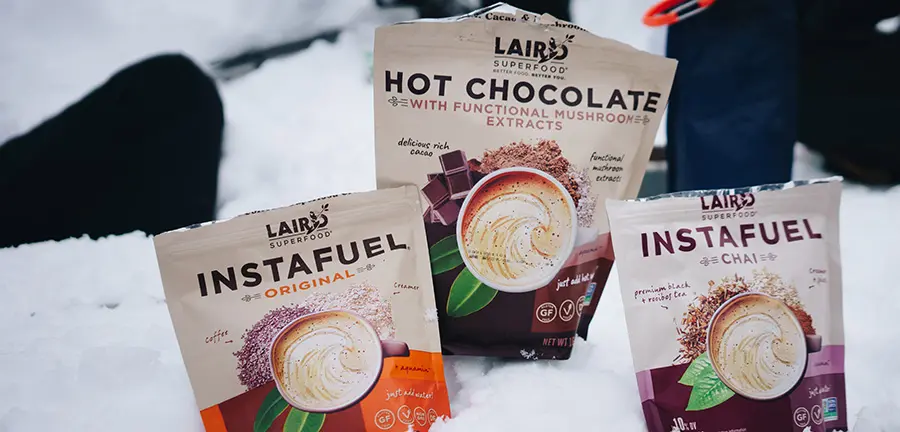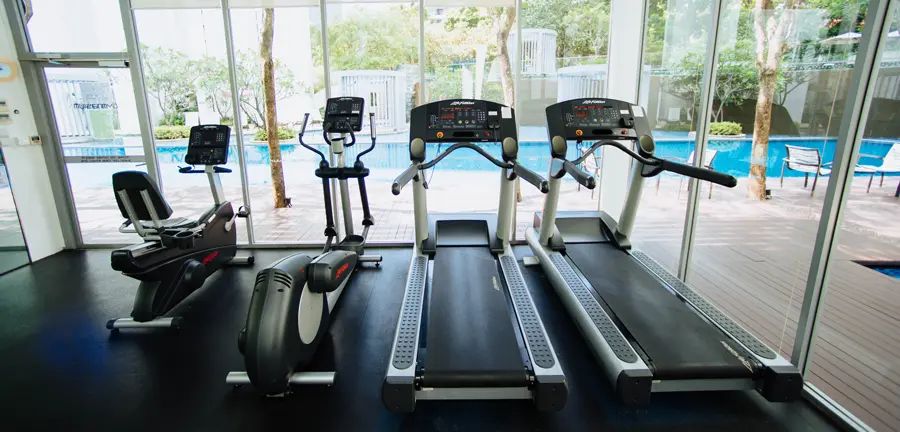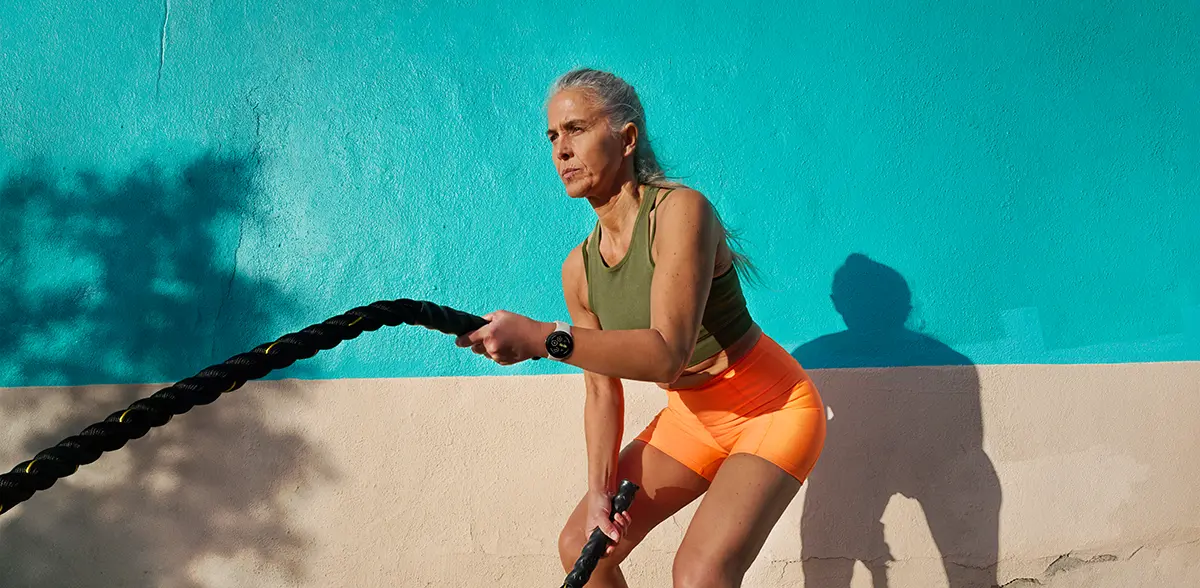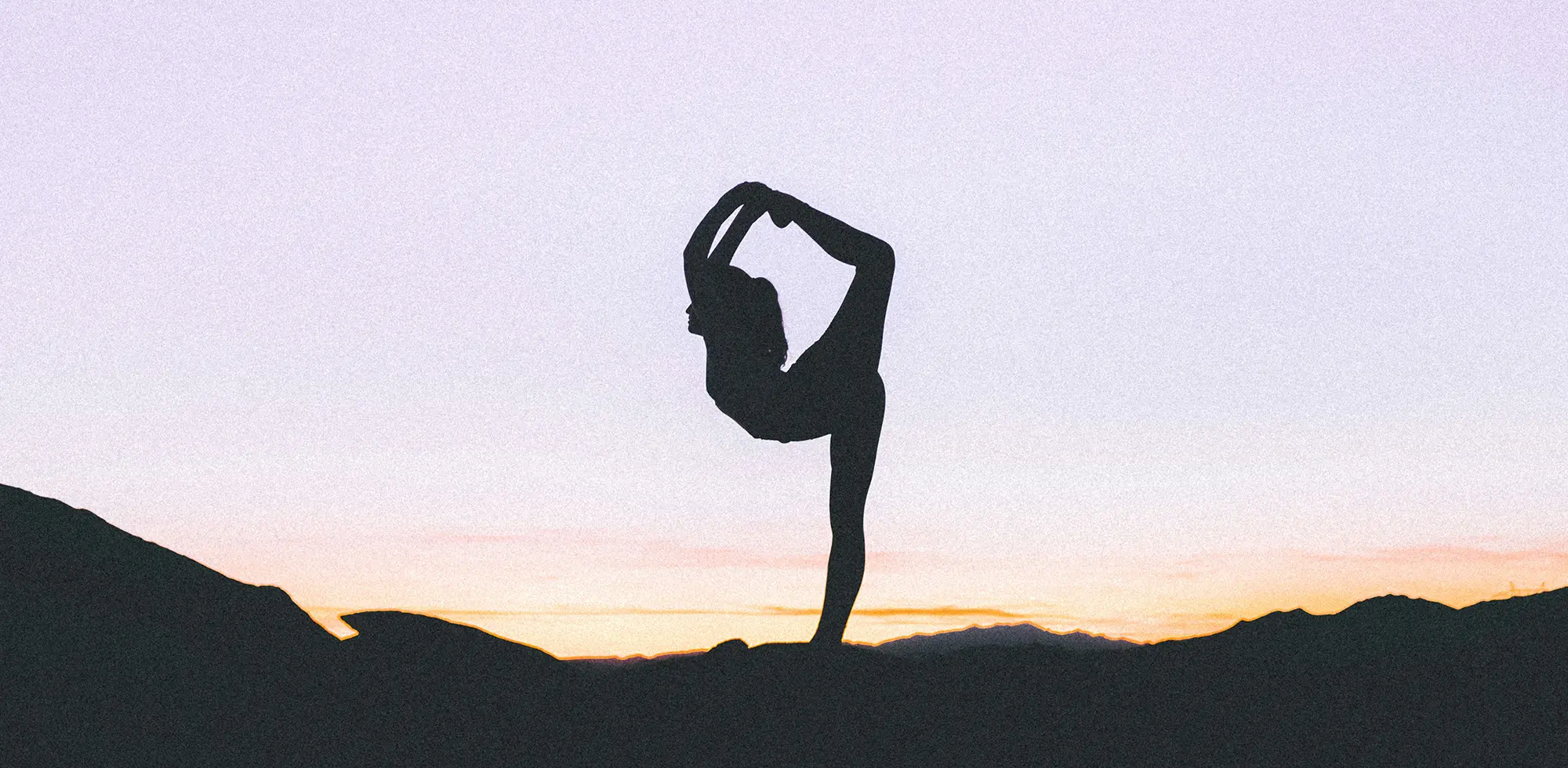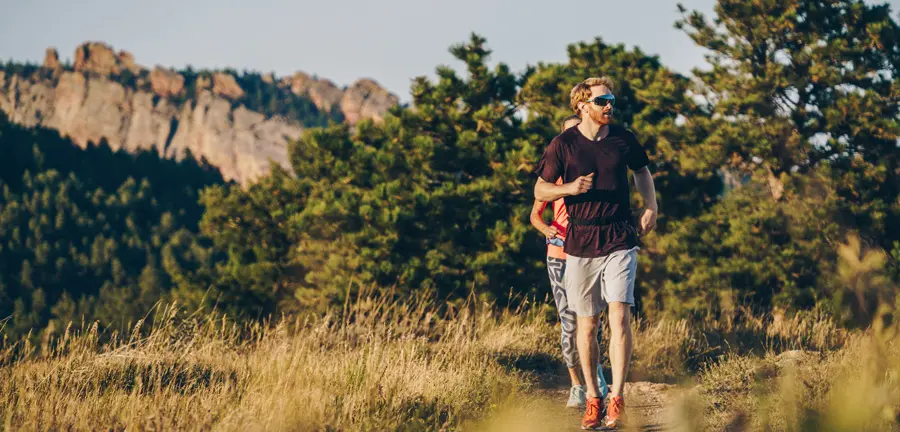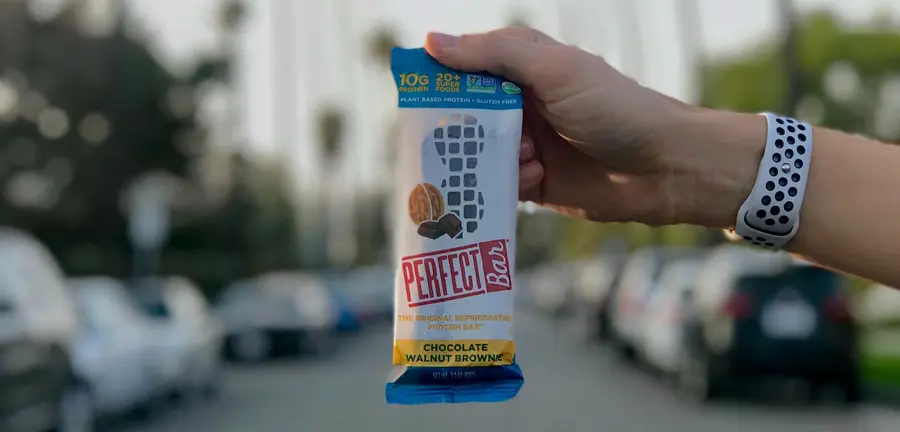Running Insights: Going Strong in 2015
1. Vary running surfaces and weather conditions.
A mixed of paved, compacted and unimproved surfaces trigger the body – including feet, ankles and knees – to adapt using internal, almost-gyroscopic neural responses. Strength improves as micro muscles fire up to control foot strike, roll and push off.
2. Don’t train in flyweight shoes.
Slightly heavier models can increase loading incrementally to upgrade strength and climbing power without doing crazy exercises or stretches. Carrying a lightly-loaded hydration pack supplements gym workouts; staying hydrated is a sweet side benefit.
3. Go hill hunting.
Even a 3% grade makes a difference over the long haul. Both climbing and descending require your body to manage oxygen intake and lactic acid build-up in ways that flat-and-fast won’t deliver. As with varied running surfaces, adaptation equals improvement.

4. Train with partners.
Each runner has different strengths and weaknesses. A shared sense of challenge more closely simulates a race environment; running with somebody else encourages the runner to efficiently manage physical and emotional energy.
5. Find your key metrics.
Many cyclists monitor cadence, power output and speed; hard-core racers live by the watts they deliver over time and terrain. Technology is your companion but only if you know what matters. Time, cardio intensity and hill grade are key metrics for powerful results.
Related Articles


